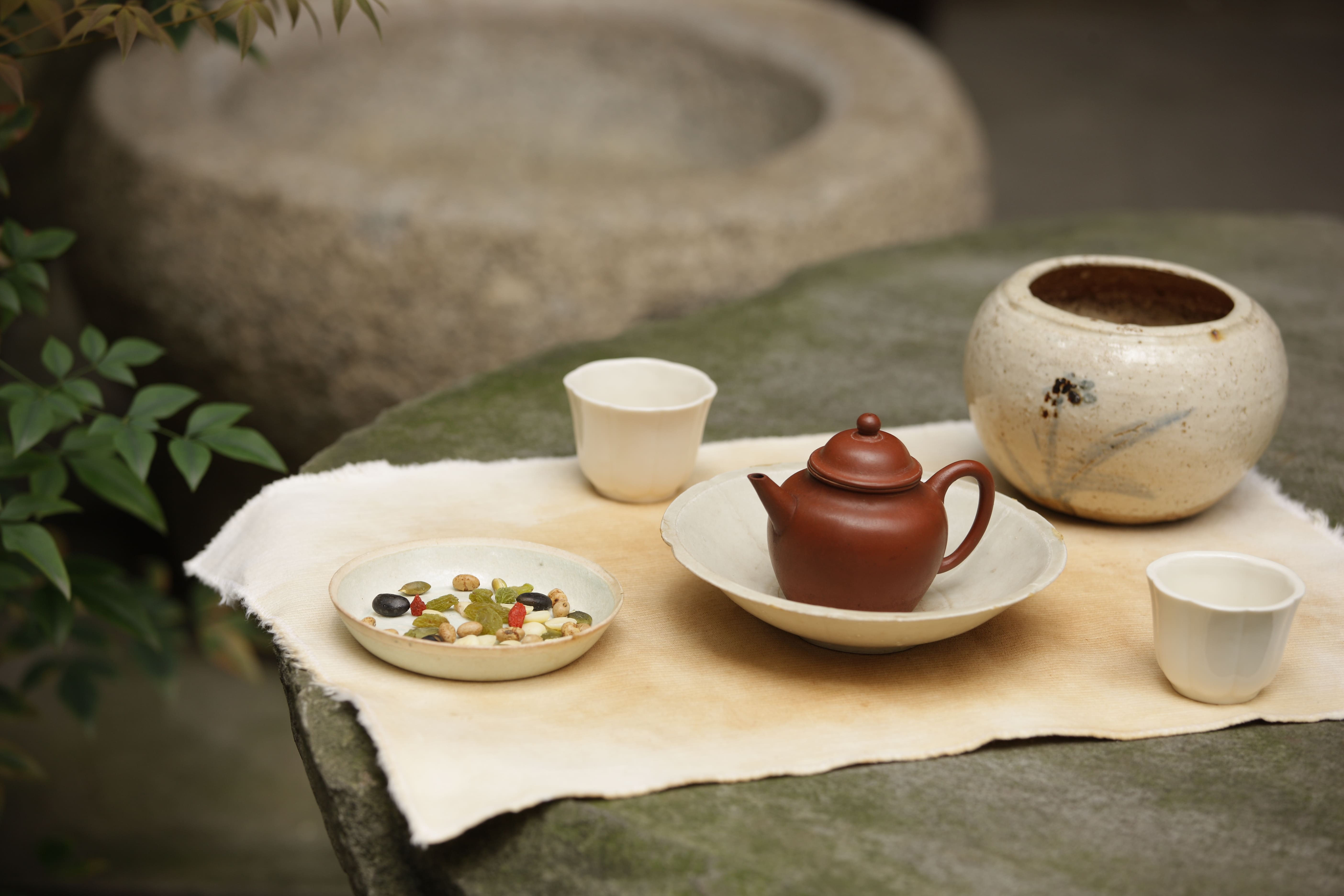The tea master regards all existing objects as meaningful and even as having a life of their own. In a world of tea art, nothing is merely a tool; rather, each object possesses its own temperament and aesthetic.
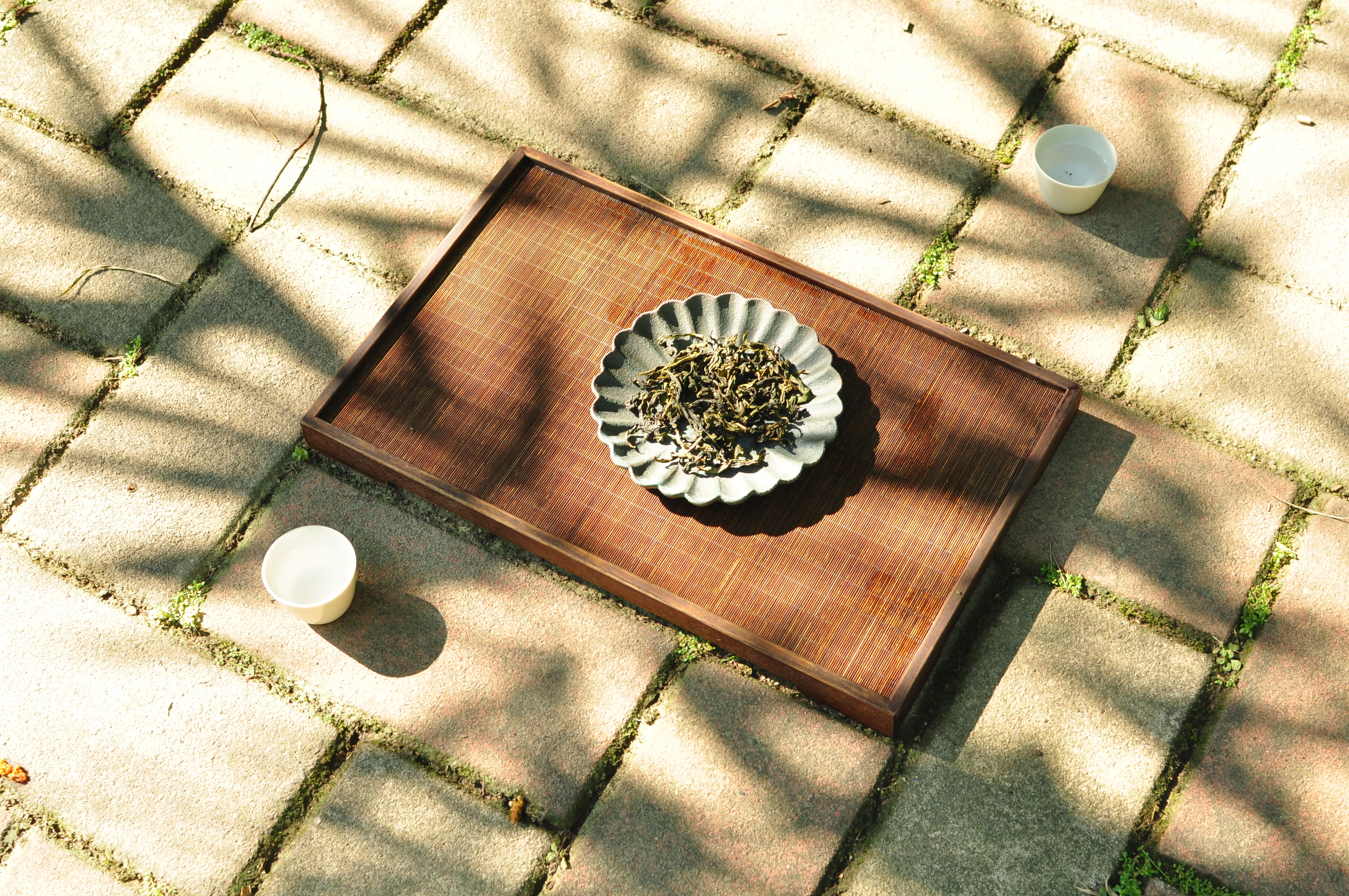
The tea master engages in a "conversation" with each existing "object."
At the same time, seeking harmony, beauty, and sometimes even astonishing relationships between objects, or between objects and the environment; placing an old earthen jar, some dry branches, a pot of flowers or bonsai, a table, a piece of stone, a painting... Appreciating the changes in light and shadow, the flow of air... Under certain weather conditions or moods, choosing to listen to a certain piece of music, sipping a certain type of tea, all constitute the "heaven" of the tea world.
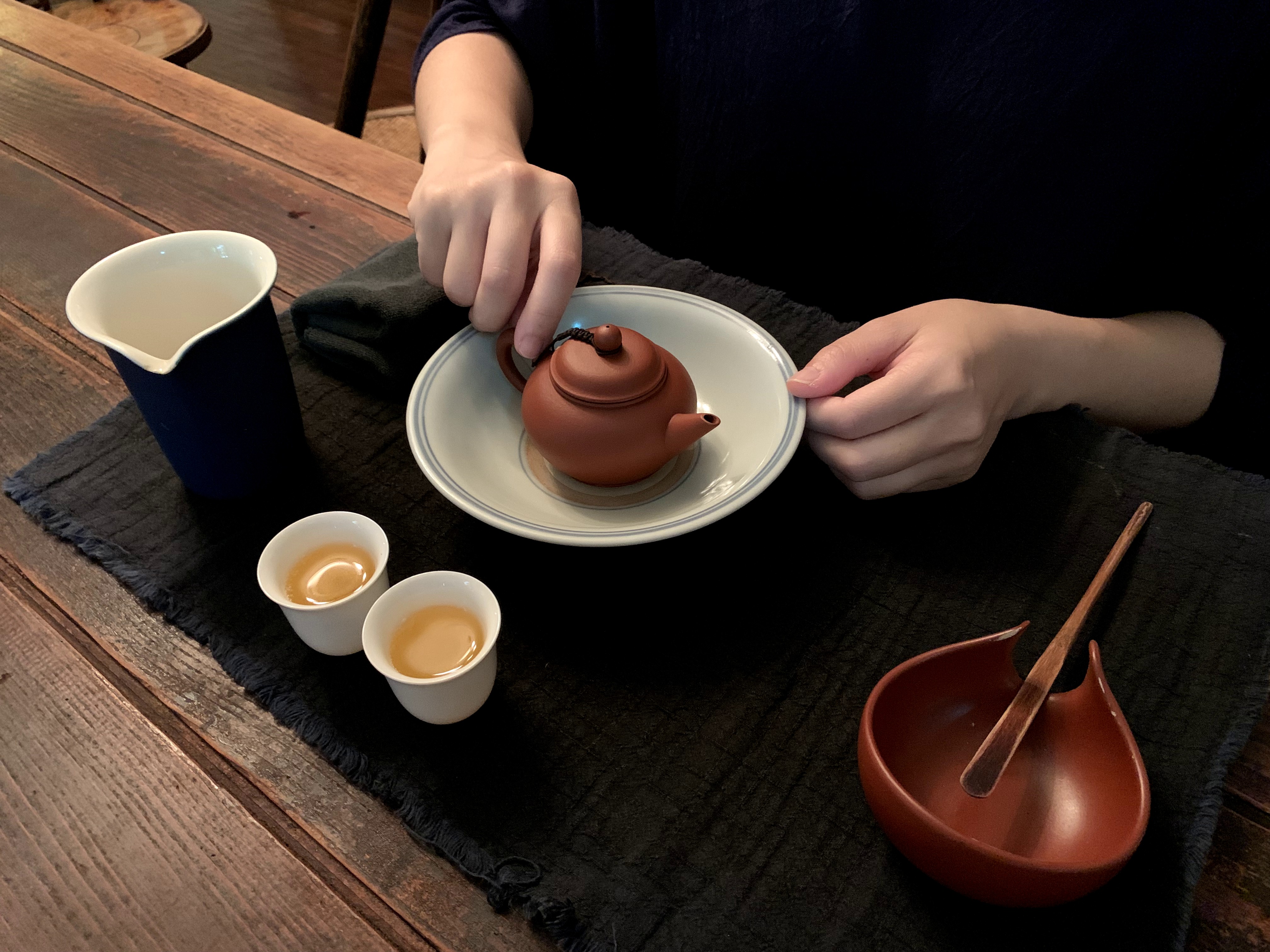
The teapot, teacup, teaspoon, tea rules, tea strainer, water basin... all resemble friends with unique personalities. If treated with sincerity and appropriateness, a clean, wonderful, and stylish layout forms the "earth" of the tea world. Finally, it's the sincere and peaceful heart of the tea master that brings peace and comfort to those sitting around the table; thus, true appreciation and communication, inspiration, and joy can occur. This is how one takes care of the "people" in the tea world.
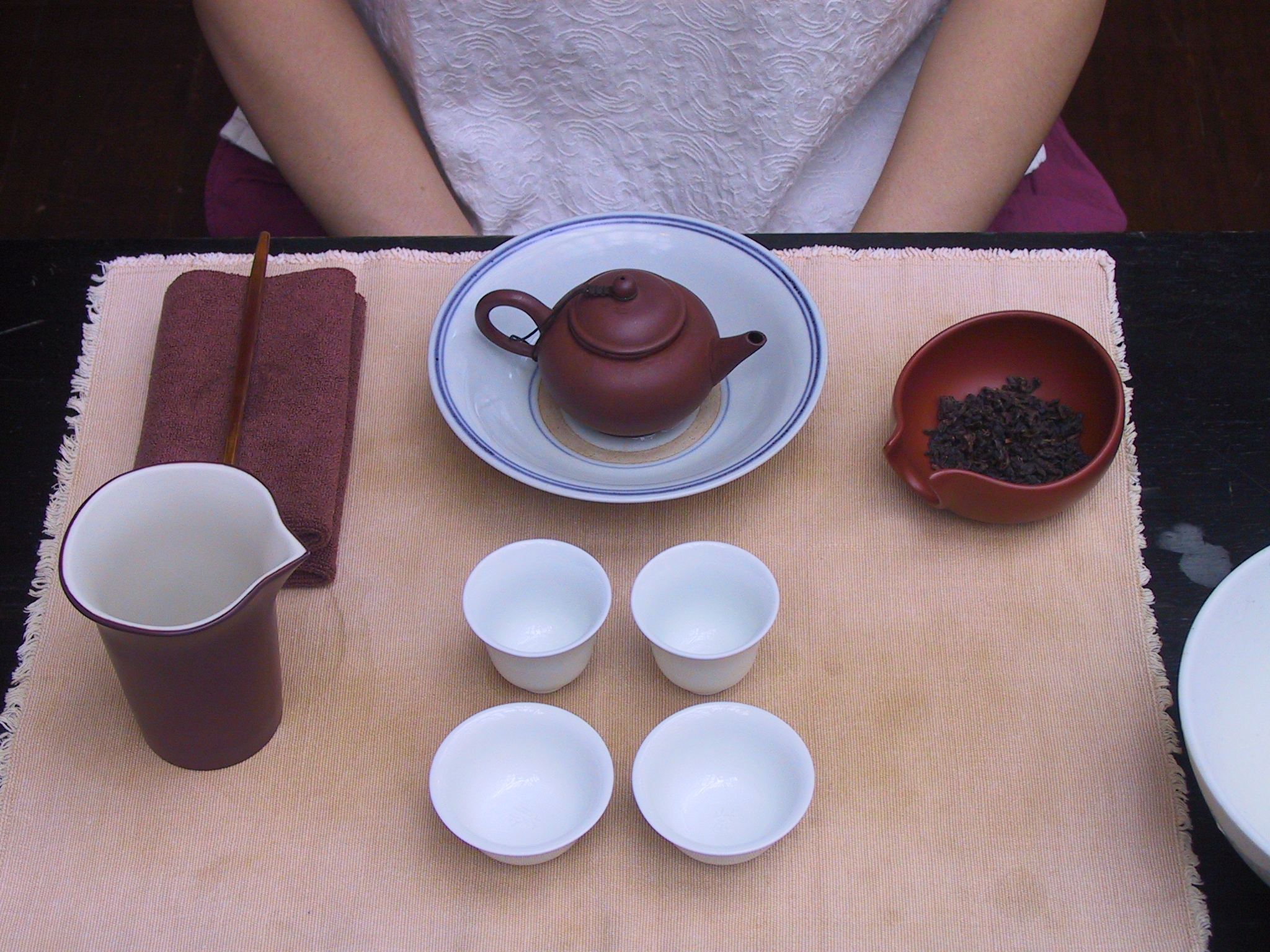
At the beginning of a tea ceremony, the tea master lays a square cloth on the table, which we call "su fang," upon which tea utensils are placed. It is used to absorb any excess tea stains, maintaining the purity of the tabletop. In Chinese culture, "fang" symbolizes "rightness" or "rectitude." Ancient Chinese people used to say, "The sky is round, the earth is square," where "square" embodies balance and fairness. "Rightness" also carries the meaning of the present moment, signifying the act of doing something wholeheartedly and facing it squarely.
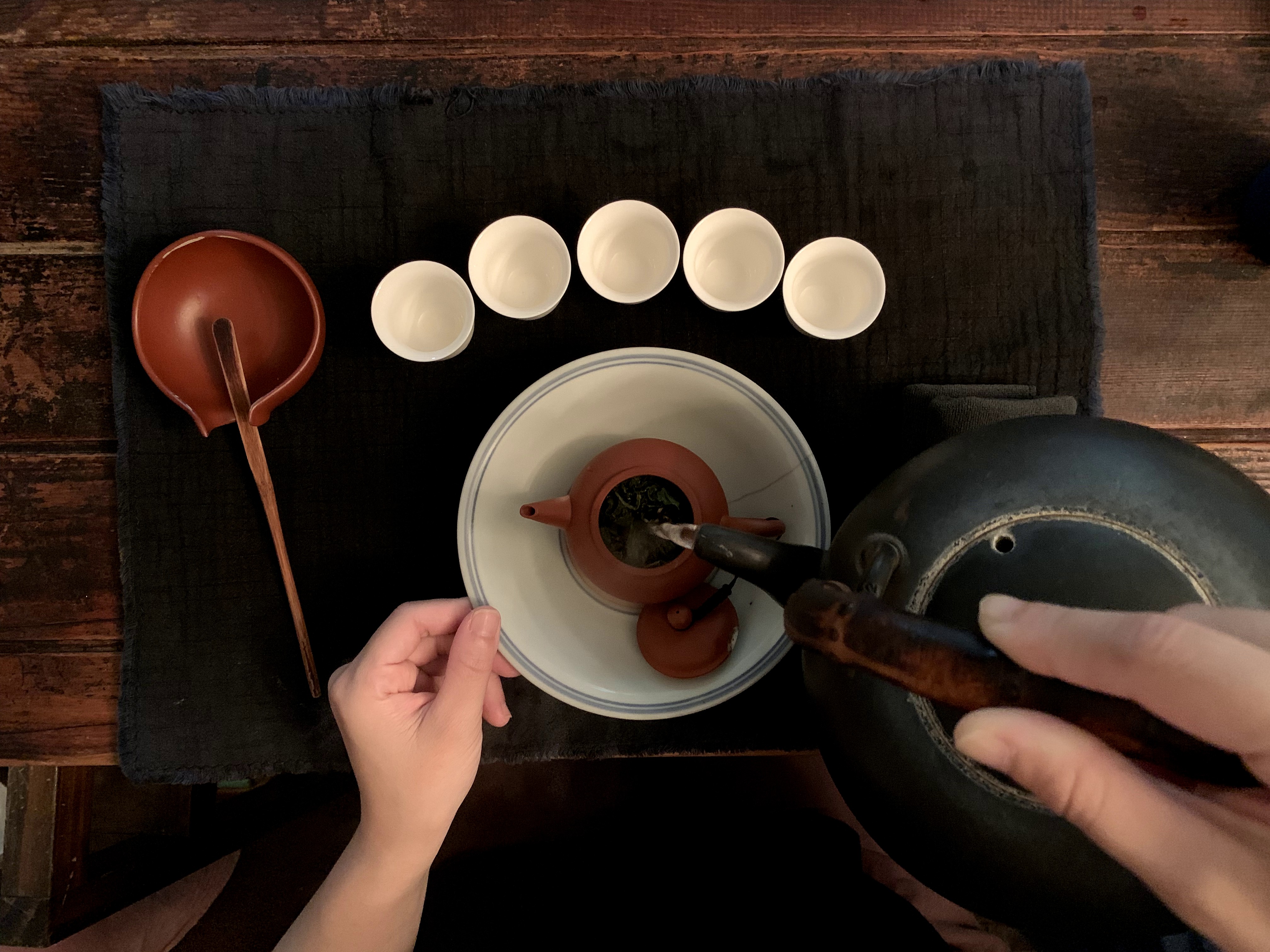
Starting from a place of confidence and self-sufficiency, true tranquility within movement and movement within tranquility can be achieved during the tea ceremony. Seeking stillness through stillness alone is a dead end; only through the interplay of movement and stillness can one grasp the true essence of tranquility and the boundlessness of movement. The aroma, flavor, or essence of tea has a purifying effect on people. Drinking a cup of good tea not only clears the mind but also revitalizes the entire body, as if every cell has been rejuvenated. Both the physical and spiritual aspects undergo a cleansing, and the soul experiences a purification and renewal.
